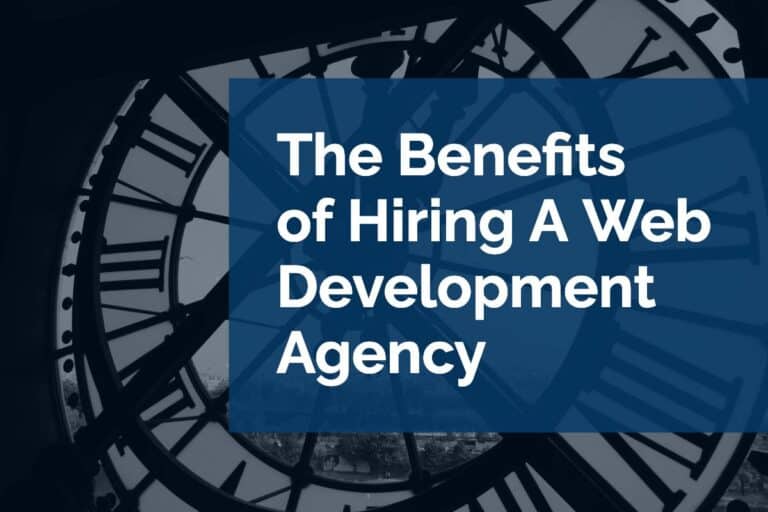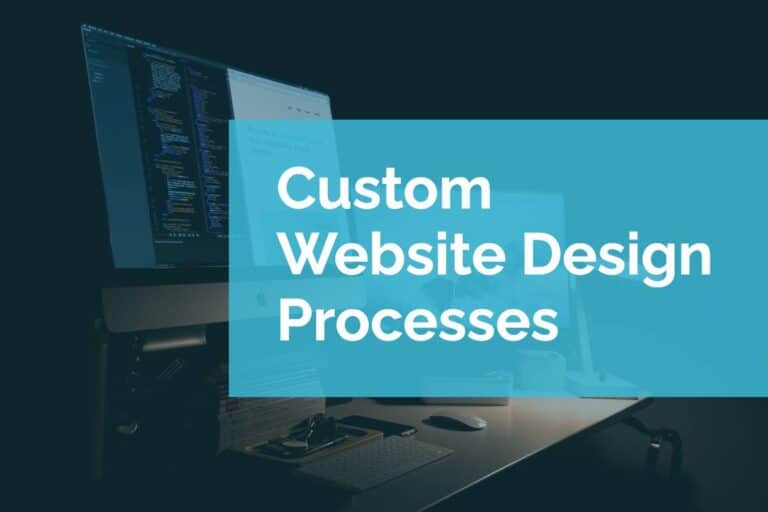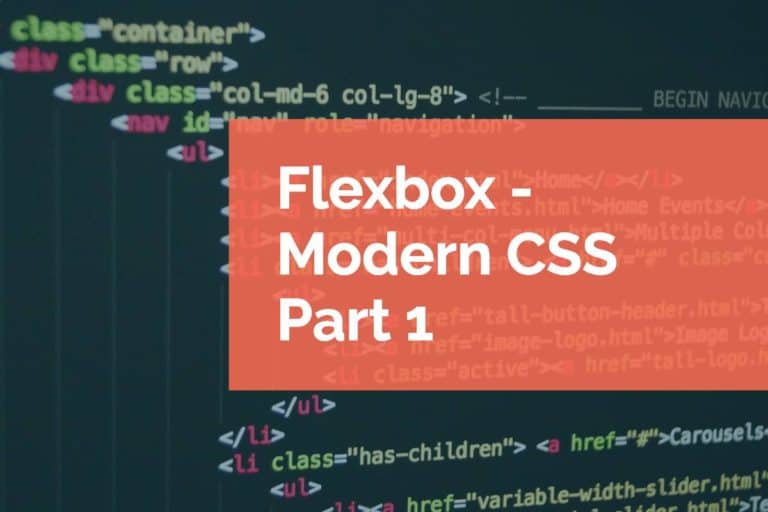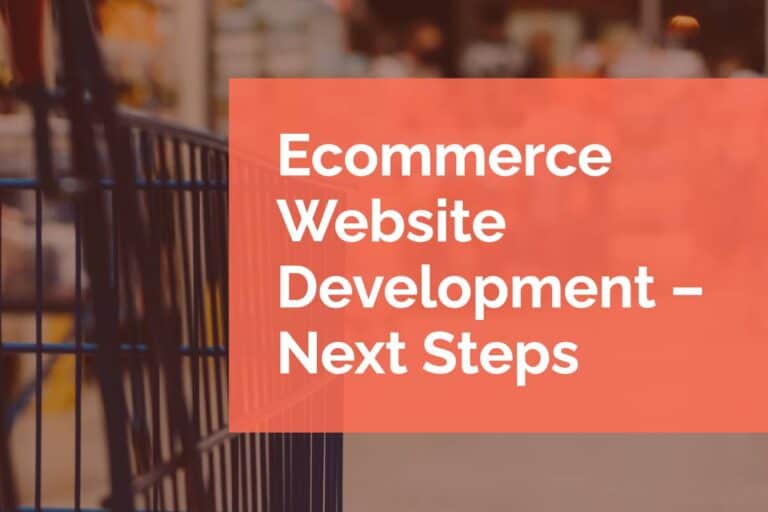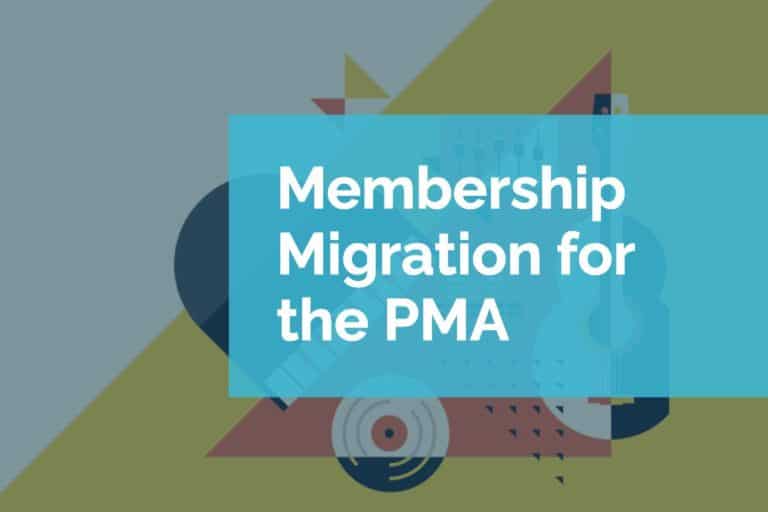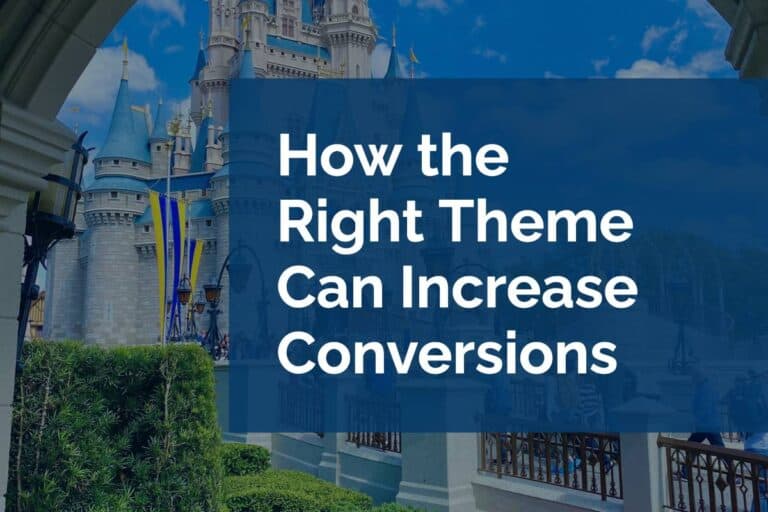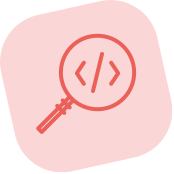Good Website Design In-Browser
Welcome to the fourth installment of our five part series about custom approaches to good website design. In this post we’re talking about in-browser design.
Suspending Formal Design
In-Browser Design can be useful for projects where there is a built-in audience, where the lifespan of the site is short, or where the development timeline or budget is limited. These are project like intranets, event information sites like concerts or festivals, or company sites that need a refresh before a big trade show in a short time. To be very clear, this does not mean that UI and UX are abandoned. On the contrary, every website should be clear and easy to use for its intended audience, including one that is designed this way.
Harnessing Our Experience
With projects like this, we draw on our decades-deep experience of web development. We use our knowledge of design trends, established conventions, and user behaviors to craft a quality website. We’ll use a page builder tool like Beaver Builder to help speed up prototyping and development.
We start by developing a color palette and font pairings, usually based on existing logos and marketing materials. We’ll collaborate with the client to make sure we are going in a direction that serves the audience.
Armed with the styling choices, we build a prototype frame for the site including header, navigation, footer, and some general content. Much like with design layouts, we’ll pause at this point and run through a few rounds of revisions with the client to refine the look, address UX issues, and tidy up the global elements.
Fleshing Out Good Website Design
Once the frame is established, we build out the other templates based on the styling established by the frame. The key templates may also go through a few rounds of revision. Content is entered and the project is polished out to a complete website.
As with all other design processes, we educate the client on how to develop and maintain the site. And we remain engaged with the client to help with the heavy lifting, updates, and education.
Examples
Sites we’ve developed this way are The Innovation Institute and our very own Pixel Jar website.
